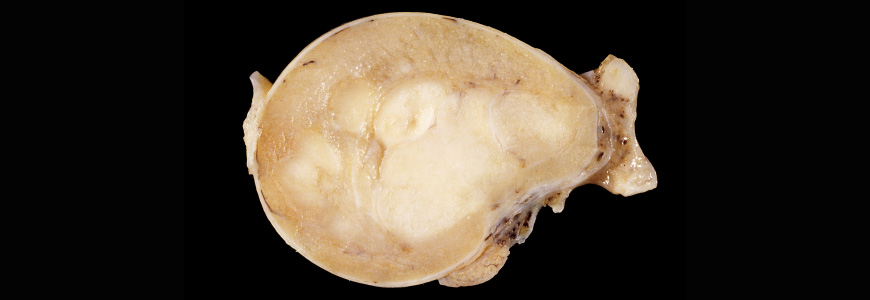The growing prevalence of kidney stones—the incidence rate has nearly doubled during the past 15 years, increasing in both adults and children—has triggered a national initiative to assess metabolic factors associated with the increase and to determine if stones may be clues to other health risks.
The National Institute of Diabetes and Digestive and Kidney Diseases (NIDDK) reports that kidney stones cost an estimated $10 billion annually, making them the most expensive non-malignant urologic condition in the United States.
The Duke Division of Urology, in conjunction with the Duke Clinical Research Institute (DCRI), is playing a key role as part of the initiative to assess factors contributing to kidney stone disease (KSD) and explore the role hydration plays in prevention.
The Prevention of Urinary Stones with Hydration (PUSH) study, is enrolling at four centers nationally, says Charles D. Scales, Jr., MD, a urologic surgeon and associate chief of the Duke Urology Division. The primary aim of the PUSH study—a randomized trial of 1,642 people—is to determine whether use of a “smart” water bottle to stay hydrated will result in reduced risk of urinary stone recurrence over a two-year period. The study uses health coaching and financial incentives to encourage hydration. Several “smart” bottle models allow users to measure fluid consumption while the bottle is synchronized with personal devices, which in turn permits remote monitoring.
The study is being conducted through the Urinary Stone Disease Research Network (USDRN), a consortium of scientists and investigators conducting research on kidney stones in adults and children in order to learn more about the formation of stones, the best treatments, and the most effective steps to prevent formation. The study is supported with NIDDK funding.
DCRI serves as the USDRN’s Scientific Research Center; Scales and Hussein Al-Khalidi, PhD, a Duke associate professor of biostatistics and bioinformatics, lead the center and are co-principal investigators for the study.
“One of the key points of research is the need to address our historical focus on the symptomatic stone because it’s such an excruciating experience,” Scales says. “But we need to look beyond that to better understand that KSD results from a chronic pathophysiologic process that creates mineral deposits in the kidneys.”
PUSH is currently enrolling at the University of Pennsylvania/Children's Hospital of Philadelphia, the University of Texas Southwestern Medical Center in Dallas, the University of Washington in Seattle, and Washington University in St. Louis.
One factor in the increased diagnoses, Scales says, may be related to the utilization of CT scans, which are commonly prescribed when patients present with back pain. “It’s not uncommon to find stones during the scan,” Scales notes. But contributing factors present more significant health concerns, Scales says, and those factors deserve further study. Fluid consumption, diet, hypertension, or the presence of diabetes may predispose patients to KSD. Individuals who are overweight are also candidates.
A recent study estimates that the impact of obesity, diabetes, and rising population rates will increase costs of kidney stones by $1.24 billion annually by 2030.
